The 401K is a Defined Contribution Plan, which came into being as a result of a change in how retirement contributions were being subsidized. Businesses, from giant corporations to smaller enterprises, traditionally used to provide Defined Benefits Plans. A DBA is a pension plan under which an employee receives a set monthly amount upon retirement, guaranteed for their life or the joint lives of the member and their spouse. This benefit may also include a cost-of-living increase each year during retirement. The monthly benefit amount is based upon the participant’s wages and length of service.
The Defined Contribution Plan is a retirement savings program under which an employer promises certain contributions to a participant’s account during employment, but with no guaranteed retirement benefit. The ultimate benefit is based exclusively upon the contributions to, and investment earnings of the plan. The benefit ceases when the account balance is depleted, regardless of the retiree’s age or circumstances.Examples of such plans are 457, 401(k), and 403(b) plans. http://www.urs.org/general/pdf/db_vs_dc.pdf
From Wikipedia we learn: "Defined contribution plans have become widespread all over the world in recent years, and are now the dominant form of plan in the private sector in many countries. For example, the number of defined benefit plans in the US has been steadily declining, as more and more employers see pension contributions as a large expense avoidable by disbanding the defined benefit plan and instead offering a defined contribution plan." http://en.wikipedia.org/wiki/Pension. The result? Employees, and not their employers, will have to safeguard their own ticket to a secure retirement.
But is that likely to happen? Many worksites have a 401K plan available, but participation may not be mandatory. Only about one in five employees "opt in" to take advantage of this plan when it is offered. Why so few? The expense of funding life's daily necessities is ever increasing. More workers than you might consider are barely making it - living from one paycheck to the next - and using too much plastic to tide them over. The last thing they feel they need is another drain on take home pay.
Many are already overwhelmed, just putting food on the table, paying for gasoline, shelter and utility costs, taking care of child care expenses, clothing their families, and paying doctor and dentist bills. They may be enrolled in college or trade school trying to better their earning prospects. But that, too, incurs high tuition costs and exorbitant textbook charges. Younger employees just have too much on the plate to worry about dessert. Retirement is too far away, and of too little import to worry about now. That will change as they near the end of their careers, but by then it will be too late. So how do we address this problem?
Costco recently began mandatory enrollment for their 68,000 employees. Paul Pulver is Costco's vice president of operations for the Northeast region. He says, "We were about 47 percent enrollment rate and since we switched to automatic enrollment, our enrollment rate among our new employees is over 90 percent. Part of the way we can show we care about them is making sure we have great benefits, and one of those benefits is the automatic enrollment program in the 401k." http://marketplace.publicradio.org/display/web/2006/05/26/mandatory_401k/. Other employers are doing the same, with close to a third making enrollment mandatory in the plans they offer.
Even so, there is room for improvement. On average, initial contribution rates assigned by employer's are limited to just 3% and then targeted to money market funds. While some employers match employee contributions, even this gradual accrual of 6%, if invested too conservatively, will fail to provide adequately in retirement. The outcome of DCA plans is that they provide only about half the benefits as did DBA plans. To make matters worse, according to the Center for Retirement Research the average 401K participant has only $60,000 saved as they approach retirement. They're not going to win the race like that.
Someone needs to fire a starting gun. Once that first hurdle of enrollment is overcome, the dash is not yet done. Employees are then faced with a confusing array of choices of where to invest. Most have no clue of what choice to make, nor even who to seek for assistance. Although the research tools are available on plan websites, few will take the option to review the funds available to determine their investment style. Are they large cap? Small? Growth? Value? International? What is their performance history, and how long has the current manager been at the helm? Are they load or no load? Are there redemption fees for switching funds too frequently?
So how does an employee decide? Do they look at the returns on the year and invest in the fund that has the best performance so far? Greed is a strong motivator and might be too hard to overcome to preclude this option. But those funds with the best year-to-date performance often have already experienced the surge that brought them to this point, leaving the newest investors with a flat or declining return for the remainder of the year. They could hedge their bets and invest in two or three of the best, or they could make small allotments to each.
Returning to the same source cited earlier, "As a group, employees are generally poor investors, engaging in such practices as market timing, taking too much or too little risk, neglecting or over-managing their account, or not allocating their assets among different asset classes. The frequent result of these factors is insufficient retirement savings. Efforts to educate workers regarding making better investment decisions often produced limited success because of their unwillingness to take the necessary time or effort." http://www.urs.org/general/pdf/db_vs_dc.pdf.
Even if you do become enrolled in a 401K plan, with the benefit of not having capital gains taxed until such time as you begin to make withdrawals, what choices do you have? Probably a dozen at most, with perhaps a bond fund or two, a money market fund, and maybe some target date funds that balance a blend of equities and bonds for you, decreasing the riskiness of your asset allocation as you near retirement age. Your plan will likely present an assortment that the plan administrator - not your company - has chosen. But beyond the limitation of restricted selections, there is a second problem inherent to mutual funds.
Mutual funds limit performance gains with hidden fees and fixed costs. Managed mutual funds usually lag the performance of unmanaged stock market indexes, such as those offered by Vanguard (VFINX) or Fidelity (FSMKX) because of higher costs associated with a managed fund. But few plans seem to offer the option of these two S & P 500 Index funds. Why, I don't know, but at my last three jobs neither were available at any worksite. Nor did they offer what I was most interested in, a precious metals mutual fund like American Century's Global Gold (BGEIX).
How can you avoid these hurdles and still finish the race? Step off the track. Race along the infield. Don't play by their rules, make your own. What I did controverts logic. If you did it you would have Bruce Williams and Suzie Orman rolling their eyes, shaking their heads in dismay, and pointing their fingers as if they were a leveling a gun at you. But I borrowed against my 401K. "Never, never, never borrow against a 401K, they will tell you." You are paying taxes twice on the same money, once when you pay back the loan with after tax dollars, and again when it is taxed on your withdrawals after age 59 1/2.
"You'd have to be a nutjob to do that," you're probably thinking,"did an earwig burrow into your skull - like some Stephen King novel - lay eggs and the squirming larvae ate your brain, ya dum college-educated imbecile?" You’ll probably view me like conspiracy theorist Charlie Frost, the motley, more-than-a-little-bit deranged character portrayed by Woody Harrelson in the movie 2012. This guy is crazy, but maybe he knows what he’s talking about. What did I have to lose? I didn't like the choices they offered. And anyway, the interest they charge on your loan? I would be paying it back to myself.
I didn't know at the time I took the out loans that both of my plans would later offer the option of a Self-Directed Brokerage Account. Had I known then about Fidelity's Brokerage Link, which allows you to invest in virtually any equity, mutual fund, or exchange traded fund in the investment universe, it would have obviated the loans. But hindsight is always 100 percent. What I accomplished by obtaining the monies from the two loans was to set up my own precious metals bullion depository. I bought physical silver and gold with the proceeds.
I was able to take $50,000 from one plan and $16,000 from another and purchase silver and gold when they were less costly. The first purchases in January of 2004 bought me $2,912 face value of 90% junk silver, which averaged out to $6.02 an ounce. I also bought $800 face of 40% silver halves at an average of $6.13 an ounce, for a total average silver cost of $6.0345 an ounce. I bought a little gold, as well, even though I continue to expect silver to outperform gold. I purchased two $50 American Eagle one ounce bullion for $421 each, two $25 American Eagle half ounces for $214 each, and three BU $5 Indian Head gold pieces for $210 each.
The $50,000 loan was obtained in November of 2006. Naturally, prices had climbed since 2004. At that time, I wasn't fully aware of the seasonality of silver and gold; had I waited until the usual summer doldrums I could have bought them at a slight discount to what I paid, but I was still able to purchase items which would represent a bargain at today's prices. I continued to buy in the same proportions as always, overweighting silver about 4:1 to gold, and bought more junk silver for $11.87 an ounce. I also bought a BU 1924 St. Gauden's Double Eagle for $678.
I bought some gold fractionals at the time as well, in the form of foreign coins, for which I happen to have a fondness. Gold was selling for around $615 a troy ounce back then. I remember whining to myself at the premium I had to pay. I bought a roll of 40 AU 1910-A 20 Mark German gold pieces, 9.216 ounces in total, and they wound up costing $151.28 apiece, an average gold price of $656 per ounce. I repeated my faux paus once again - when I was enticed to buy more from the same dealer - ten 5 Peso Uruguay gold pieces with a cumulative gold content of 2.501ounces at a gold price of $684. But I'm happy now that I bought them.
How did I do, in retrospect? The prices of silver and gold are extremely volatile as I write this, in a state of constant flux, and unpredictable in their short term direction. But if we arbitrarily assign a value per troy ounce of $1100 for gold and $17.00, it will provide a basis for calculation. Using those numbers, then, silver has appreciated from my first purchase date 181%, and from my second purchase 43%. Gold has climbed 161% from my earlier purchases, and - disregarding the premiums paid - 78% from the later purchase. Much better, I feel, than I would have made leaving the 401K untouched, even with the eventual consequence of the added tax burden.
But it gets better than this. What happened to the stock market in the interim period that this money was removed? In January 2004, when I took out the first loan, the Dow was trading in the 10,500 range. By November 2006, it had climbed to the 12,100 range. It continued to soar until on On October 9, 2007 the Dow Jones industrial average reached an all time high of 14,164. And then what happened? One year later on October 10, 2008, the Dow closed at 7,882.51 – not quite a 50% loss. The mutual fund choices available to 401K participants plunged, on average, in excess of 40 percent. I was able to avoid that downturn with the funds that had been borrowed.
The remainder of my portfolio - both inside of the self directed brokerage account I had by this time set up within my 401K - and outside in my personal online trading accounts, was heavily invested in precious metals mining stocks, with about the same 4:1 representation of my bullion holdings. When silver plunged to $8.92 an ounce on November 20, 2008 it took my portfolio down approximately 60%. Due to margin calls I was forced to liquidate some positions. Those same mining equities have since recovered, showing some of the most marked resilience of any in the broader market. But it's been a long road to Tipperary.
I'm happy with the moves I made. I was able to add to the bullion hoard which has subsequently demonstrated nice gains. I am paying myself interest of 9.25 percent on one account, and 10.25 percent on the other. I am making affordable payments to repay the loans, and these have the same effect as dollar cost averaging into a market that is now about the same point where it was when I took my first loan. I avoided a rollercoaster ride with the funds removed, and have done demonstrably better with my investments than had I not taken this route. But this course is not for everyone.
I do not recommend that you follow my actions. After all, Bruce and Suzie have a point, and at this stage of the game you would likely be unable to replicate my success. Stocks have dropped, making that investment a bit more attractive, while precious metals continue to climb. Chasing performance - as witnessed by the recent dramatic $110 pullback in gold and $2.00 retracement in silver prices - can be risky. As well, studies have documented that the five percent of 401K participants who opt to set up a self directed brokerage account tend to lag benchmarks.
Self-directed accounts offer the advantage of a broader array of investment options, especially when such choices would otherwise be limited to a plain vanilla handful of mutual funds with perhaps the option of investing in the company stock as well. But they offer the temptation - to undisciplined investors - to trade with increasing frequency, trying to time the equity markets. In doing so, they are attempting to outguess the most sophisticated traders in the world. Studies confirm they do poorly in this regard. Furthermore, there are administration fees and other ancillary costs to SDBA's.
In closing, let me reiterate, drawing a loan from your 401K goes against the grain of traditional advice. Applying for and administering your own virtual portfolio within a self-directed brokerage account is beyond the skills set of most. Might as well just choose poorly and lose money among the mutual funds that are offered within your 401K than to exacerbate the confusion and accelerate your chance of churning your account to rubble. But I wanted more control over my future, so I took matters into my own hands. It's not for everyone, but if you find yourself in the same shoes I wore, then you could look into these options.
I already had some precious metals stockpiled to ward against the plummeting purchasing power of the rapidly depreciating dollar. But I wanted more. The problem with any type of dollar denominated assets such as equities is, under the hyperinflationary environment which we shall soon likely experience, the nominal value of stocks - priced in fiat currencies - will skyrocket, but their true value will simultaneously erode. Then, when you start to withdraw your money several years down the road, you learn your equity values have hyperinflated as well. There goes your tax bracket. I'd rather face hyperinflation with real money - silver and gold - jingling in my pockets.
And besides, who wants to be in the stock market anyway? By the time we retire, Robert Kiyosaki - in his 2002 book Rich Dad's Prophecy, Why the Biggest Stock Market Crash in History is Still Coming... and How You Can Prepare Yourself and Profit from It! - is predicting that the whole shift to defined contribution plans will cause the largest stock market decline in American history. As 76,000,000 Baby Boomers begin mandatory withdrawals from their 401K's, they will have to sell their stocks. It is inevitable, says Kiyosaki, that the market will go into a freefall when this happens.
There just won't be enough buyers to offset the selling, with the result that Wall Street might as well relocate to Niagara Falls in preparation for the plunge. All that water going over the precipice provides an awe-inspiring view for tourists. But it may become true that Kiyosaki is prescient. If that's the case, then all this verbiage could be more than just a metaphor predicting calamity. You might witness the horrifying descent of your entire portfolio in downward cascade. These events could come to pass, courtesy of hyperinflation. What you need, Partner, is a life preserver, and the best one for roiling waters like these is tangible silver and gold. Take your future into your own hands.
Buy Silver. Buy Gold. Save Copper. Start Now.



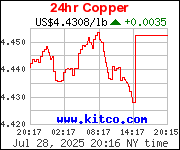


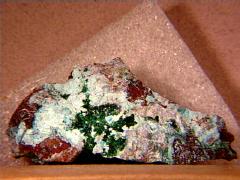

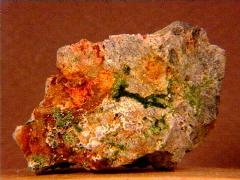
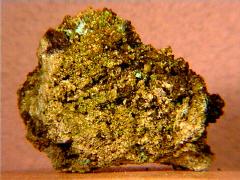
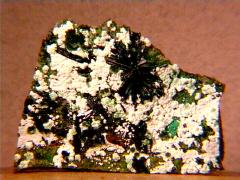
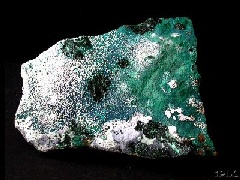














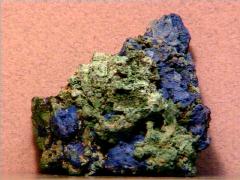

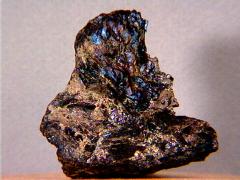




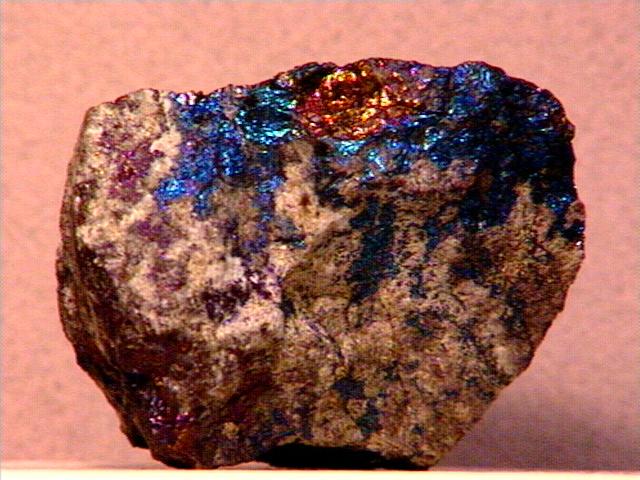











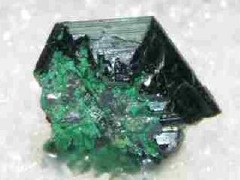
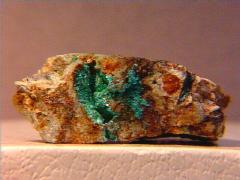


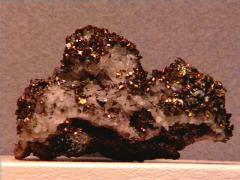







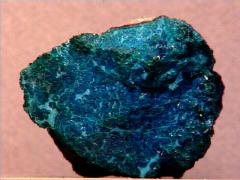
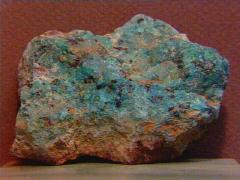



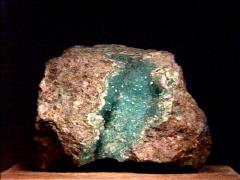
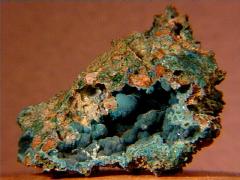
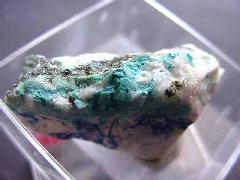
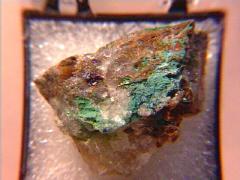


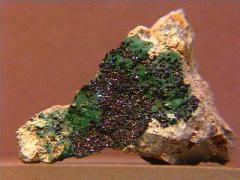


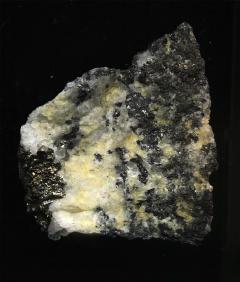






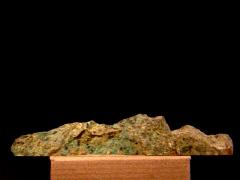




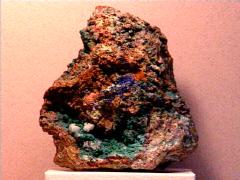



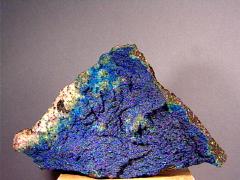




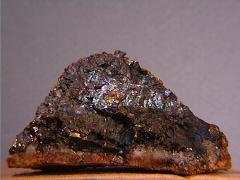
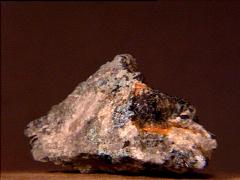


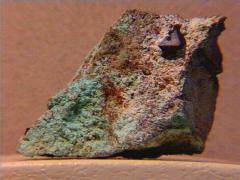








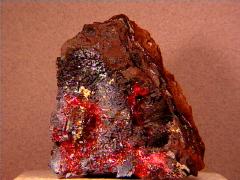


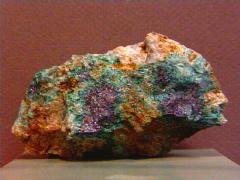

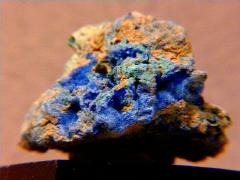

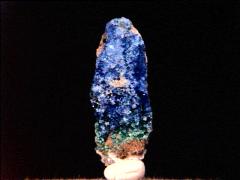

















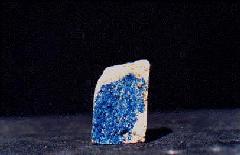










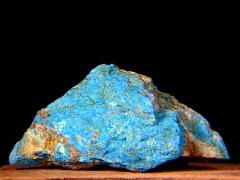

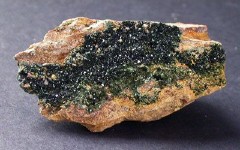


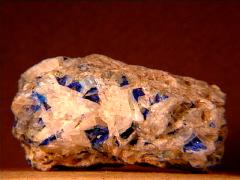




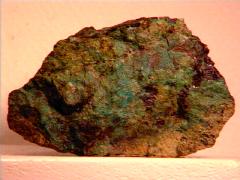
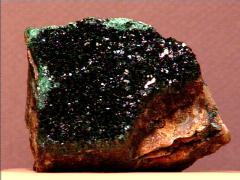
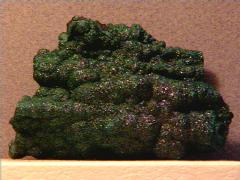




No comments:
Post a Comment